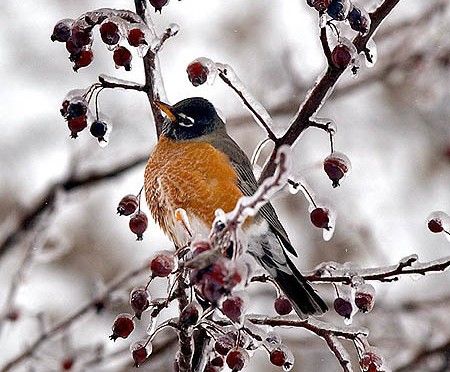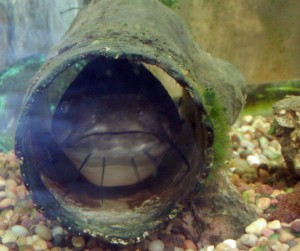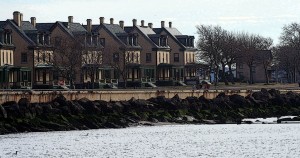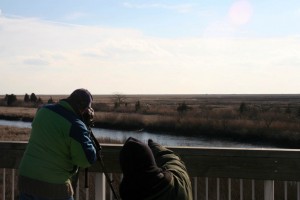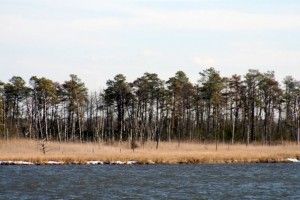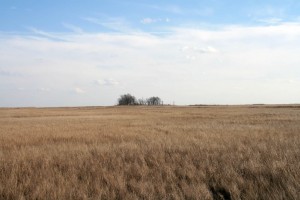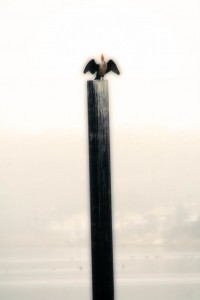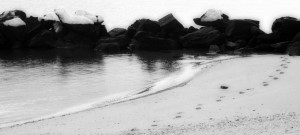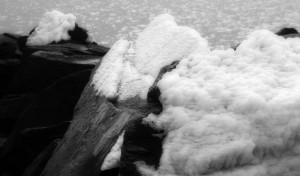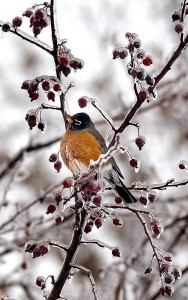 Despite our sense to the contrary, birds are well guarded against the cold by their dense covering of down and feathers. Finding food enough can be relentlessly hard on them during the leanest months of winter when the remaining seeds and berries have been thoroughly picked over. Hawks and owls become more desperate as their prey remains tucked away in dens and tunnels and they’re forced to pick off the weak from our backyard feeders.
Despite our sense to the contrary, birds are well guarded against the cold by their dense covering of down and feathers. Finding food enough can be relentlessly hard on them during the leanest months of winter when the remaining seeds and berries have been thoroughly picked over. Hawks and owls become more desperate as their prey remains tucked away in dens and tunnels and they’re forced to pick off the weak from our backyard feeders.
A short-term solution is to provide a feeding station to help birds find enough food during the day to keep them warm overnight. Thinking long-term requires that we consider the value of habitat in terms of three things: food, shelter, and water. Planting native shrubs and trees with fleshy fruits (mountain ash, holly, crabapples, cedars, etc) and seeds (maples, pines, hemlocks, etc) will provide food. Many of these trees and evergreen shrubs also benefit the birds in that they provide shelter to roost in at night or to escape from the winds in the daytime. Birdhouses and roosting boxes can also provide shelter from the cold. Water is difficult to keep unfrozen, but a garden pond or heated birdbath will provide much needed fresh water each day.
My own yard is sadly lacking in many respects, but I do see the benefits of what I’ve been able to provide thus far. The pond is always a draw, but especially so in winter. The robins, starlings, and mourning doves appreciate a drink or bath in even the coldest of weather. American hollies are the only evergreens we have planted, but the robins flock to them in winter. A horse farm that I pass on my way to work has probably a hundred of them planted along the property line; sadly the robins fly back and forth across the road to feed on the holly berries and many are hit by cars in the process. Each day on my way to and from work I count at least 3 dead on the shoulder of the road. The viburnums and dogwoods we have at home have been picked clean by late December and my husband insists on cleaning up the garden in the Fall, rather than the Spring, so the many seeds of my flowering plants aren’t available for the birds. We need to plant more evergreens and a more diverse variety of fruiting shrubs, and learn to leave the garden alone so that it can feed the birds in winter.
Of course now is the time to begin planning the garden for the season to come. I have a small pile of flower and seed catalogs that I’m lookiing over, but I’m trying to think in terms of trees and shrubs instead of the more alluring and short-lived flowers.
What have you found that sustains the birds in your garden during the coldest of days? Tonight I’m going to try a short-term solution to the present cold spell and whip up a batch of Julie Z’s suet dough, mostly for the oriole from last week who I spotted at the feeders again this morning.
Robin photo courtesy of Associated Press.
